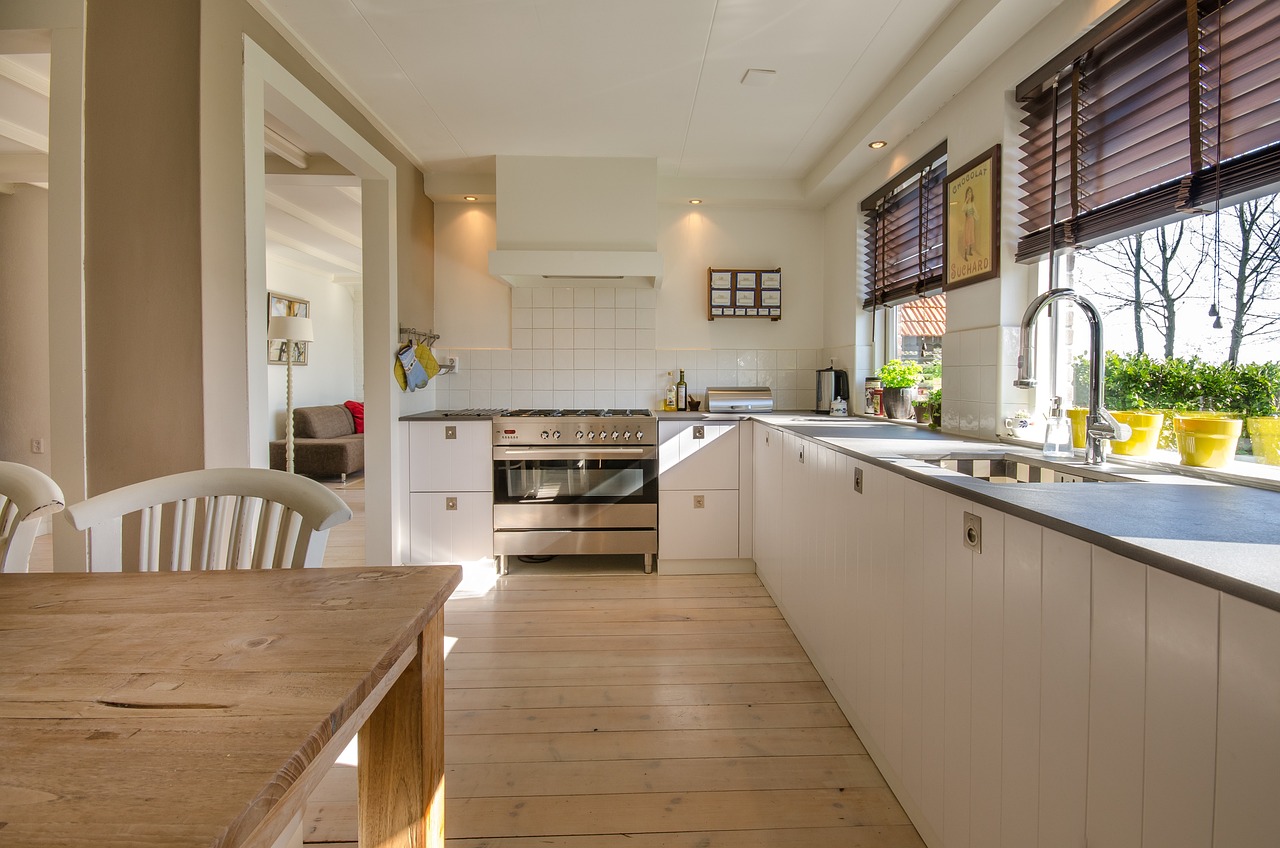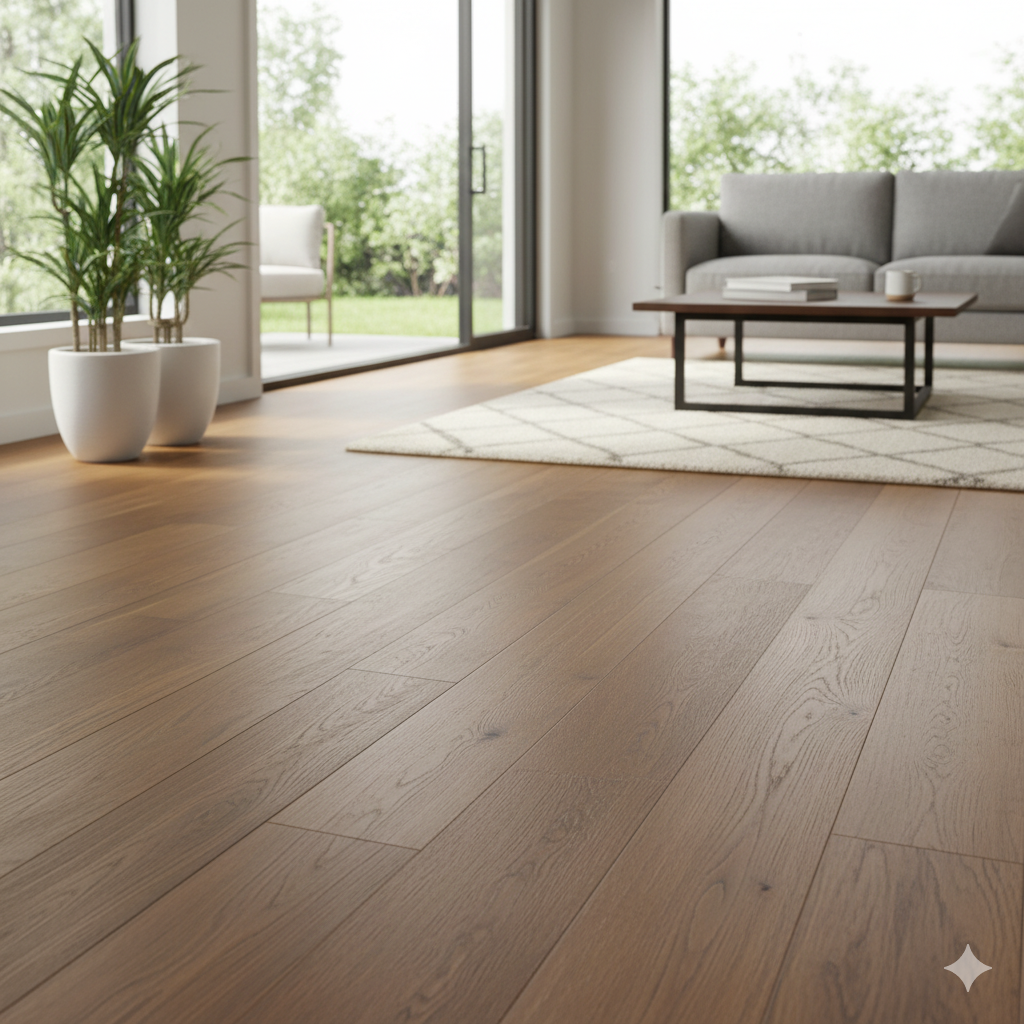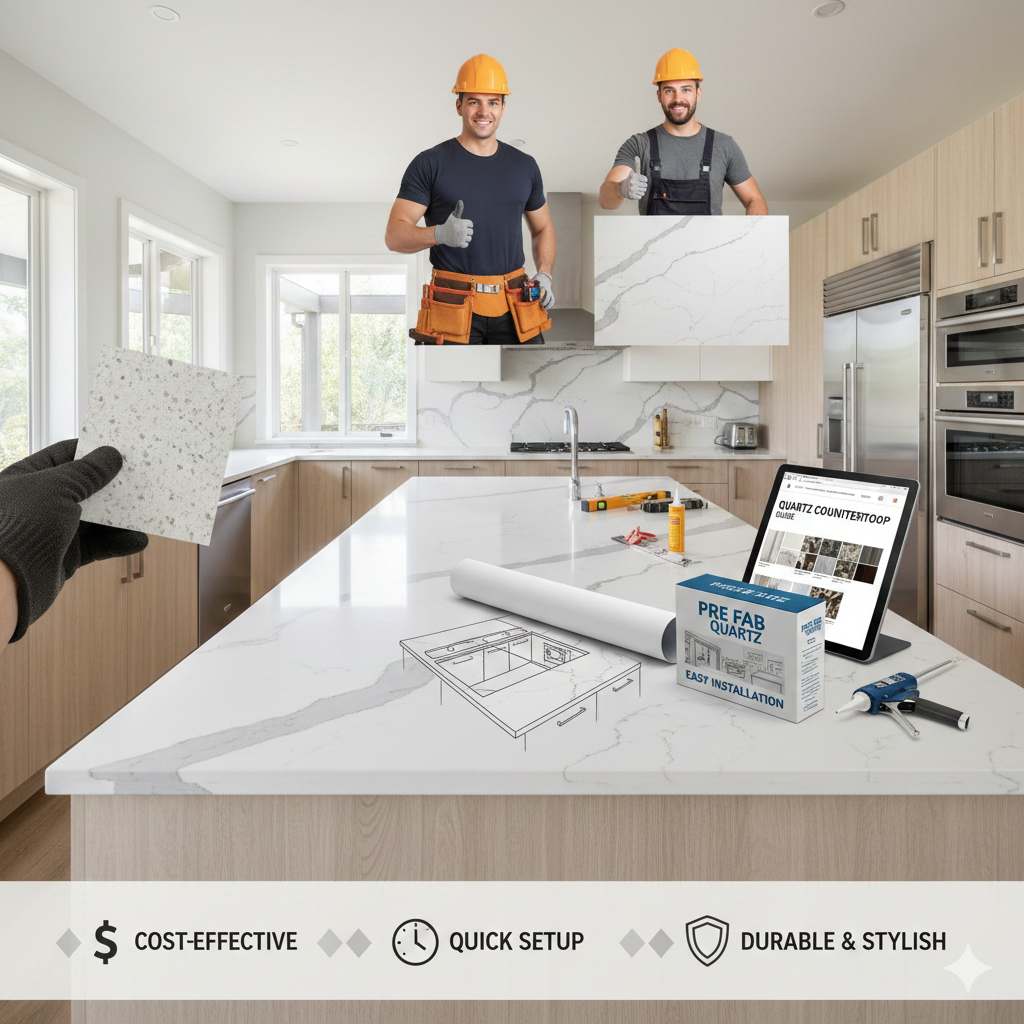Custom kitchens and cabinets offer a tailored solution for homeowners seeking both functionality and style. They provide the flexibility to design spaces that suit individual needs, preferences, and lifestyles, maximizing storage while enhancing the overall look of the home. The value of custom cabinetry lies in its ability to deliver personalized designs that optimize space and reflect unique tastes.
Many manufacturers and designers focus on craftsmanship, quality materials, and attention to detail to ensure durability and aesthetic appeal. This approach allows homeowners to invest in kitchens that are not only beautiful but built to last. Custom kitchens also accommodate specific dimensions and layouts that mass-produced options often cannot.
Choosing custom cabinets means opting for a solution designed specifically for the user’s space and routine, rather than adapting to pre-made pieces. This results in a kitchen that functions efficiently and aligns seamlessly with the home’s design.
Custom Kitchens and Cabinets Design
Designing custom kitchens and cabinets involves careful consideration of layout, materials, and efficient use of space. Each element must support functionality while reflecting the homeowner’s style. Attention to detail in planning, selection, and optimization ensures a tailored, practical environment.
Personalized Layout Planning
The layout is fundamental to a functional custom kitchen. Designers assess room dimensions, traffic flow, and appliance placement to create efficient work zones. The goal is to balance accessibility with usability, often applying the “kitchen work triangle” concept between the sink, stove, and refrigerator.
Custom layouts consider unique needs, such as accommodating multiple cooks or creating open-concept spaces. Cabinets are arranged to maximize storage without overcrowding the area. Designers also integrate features like islands, breakfast bars, or specialized compartments based on the homeowner’s lifestyle.
Material and Finish Selection
Material choice impacts durability, appearance, and maintenance. Common options include hardwood, plywood, MDF, and laminates, selected for strength and aesthetic appeal. High-quality finishes range from natural wood stains to painted or textured surfaces.
Choosing the right finish involves matching the kitchen’s overall design while ensuring resistance to moisture, heat, and wear. Hardware such as handles and hinges is also chosen to complement style and add functionality.
Material comparison table:
| Material | Durability | Maintenance | Cost | Appearance |
| Hardwood | High | Moderate | High | Natural, classic look |
| Plywood | High | Moderate | Medium | Smooth, versatile |
| MDF | Moderate | Low (sealed only) | Low | Smooth, paintable surface |
| Laminate | Moderate | Easy | Low to Med | Wide color and texture options |
Space Optimization Strategies
Maximizing storage and workspace is critical in custom kitchen design. Designers integrate pull-out shelves, corner carousels, and vertical dividers to make use of underutilized areas. Adjustable shelving and modular inserts allow customization over time.
Vertical space is exploited with tall cabinets reaching the ceiling, while open shelving can provide accessible storage. Compact appliances and multi-functional furniture enhance usability without increasing footprint.
Smart lighting and clear sightlines are incorporated to avoid clutter and improve workflow. The result is a kitchen that is spacious, organized, and tailored for everyday convenience.
Installation and Maintenance of Custom Cabinets
Custom cabinet installation requires precision and careful planning to ensure a perfect fit and durable finish. Maintenance is equally important to protect the investment and keep cabinets functioning well over time. The following details important aspects of installation, cost factors, and ongoing care.
Professional Installation Process
Custom cabinets must be installed by professionals experienced with tailored designs and unique layouts. The process typically begins with an inspection of all cabinets to confirm completeness and damage-free condition.
Installers then prepare the site, including marking wall studs and leveling floors. Cabinets are secured to the wall using appropriate anchors and fasteners for stability.
Toe kicks and molding are installed last to conceal gaps and finish the look. Each step requires careful measurement and skill to prevent misalignment or damage. Professionals often store cabinets in a climate-controlled environment before installation to avoid moisture issues.
Cost Considerations for Custom Solutions
Custom cabinets involve higher costs than stock or semi-custom options due to the design complexity and quality of materials. Pricing factors include wood type, hardware, finish, and custom features like built-in organizers.
Installation labor can add 15-25% to the total cabinet price depending on kitchen size and complexity. Additional costs may arise from modifying cabinetry on-site or addressing unexpected wall conditions.
Some providers bundle design consultation and installation, which can streamline the process but affect upfront costs. Homeowners should obtain detailed quotes outlining materials, labor, and any potential extras to avoid surprises.
Long-Term Care and Upkeep
Maintaining custom cabinets extends their lifespan and preserves appearance. Regular cleaning with mild, non-abrasive cleaners prevents surface damage and buildup.
Protecting cabinets from excessive moisture is critical, especially near sinks and dishwashers. Wiping spills promptly and using ventilation minimize warp or finish deterioration.
Hardware such as hinges and handles should be checked regularly and tightened as needed to prevent loosening. Small repairs, like fixing chips or scratches early, help avoid costly restorations.
Using manufacturer-recommended products for cleaning and repairs supports warranty compliance and ensures the integrity of materials.



